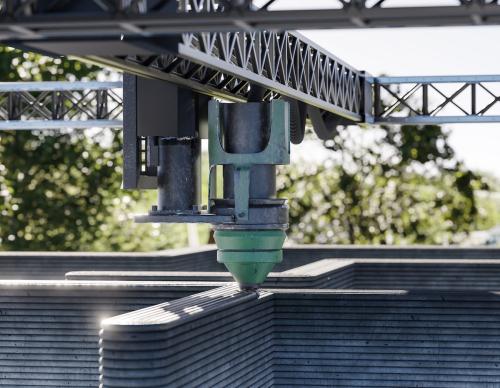Corruption is a massive global challenge, with the annual cost of bribery alone estimated at over $1.5 trillion. The social and economic consequences are even greater.
Corruption inhibits sustainable development and disproportionately harms vulnerable communities. It erodes public confidence and diverts public resources away from important services such as health, education, and infrastructure. One study estimates that if the wealth of the 94 (as of 2013) natural resource-dependent nations were used to pursue anti-poverty goals rather than corrupt or rent-seeking profits, more than half a billion people would be lifted out of extreme poverty by 2030.
Extractive industries like oil, gas, and mining are particularly prone to the corruption risks that undermine good governance. Given the complexity of these governance challenges, can natural resource corruption be reduced, or even eliminated?
In this introductory paper, we wrestle with these questions and try to find a better way forward. We introduce the Leveraging Transparency to Reduce Corruption project (LTRC), a global initiative launched in 2017 by Brookings with support from Results for Development and the Natural Resource Governance Institute.
LTRC aims to develop best practices for reducing corruption along the natural resource value chain. LTRC’s approach is grounded in rigorous evidence and field work. This paper provides the initial basis for the LTRC project’s upcoming field studies.
Based in large part on our review of the existing evidence, an extensive bibliography review, and lessons from experience, we argue that narrowly focusing on the adoption of transparency, accountability, and participation (TAP) measures, while more likely to have some impact than transparency solutions alone, is unlikely to suffice. For step-change improvements that drive broader anti-corruption and development outcomes, more is needed.
Accordingly, we advance a framework called “TAP-Plus” in this paper. This framework highlights specific factors that need to be considered in addition to the traditional focus on the adoption of TAP measures.
Specifically, the TAP-Plus approach hypothesizes that three elements require particular attention for scaled-up impact: one, interventions that address the implementation gap within TAP interventions; two, consideration of contextual factors in design of realistic TAP programs; and, three, inclusion of complementary measures—beyond the traditional TAP field—which interact with TAP interventions and may have a significant impact in preventing or reducing corruption and improve sustainable development outcomes. In this paper, we elaborate on these key elements.
For more information, read “The TAP-Plus Approach to Anti-Corruption in the Natural Resource Value Chain.”
Theodore Becker-Jacob, Andrew Kenealy, Kelsey Landau, Robin Lewis, Jimena Montoya Villavicencio, Christine Stenglein, Praneetha Vissapragada also contributed to this report. A full list of acknowledgments is available in the report.










